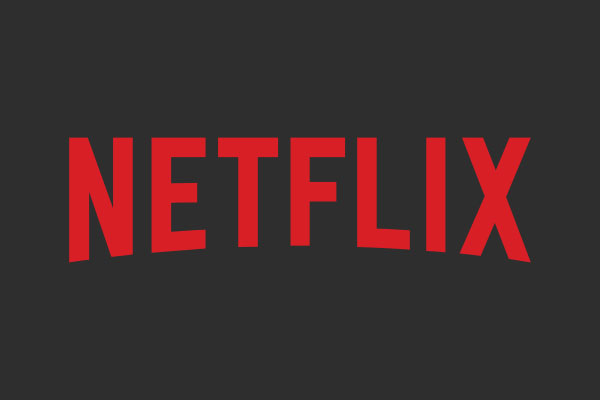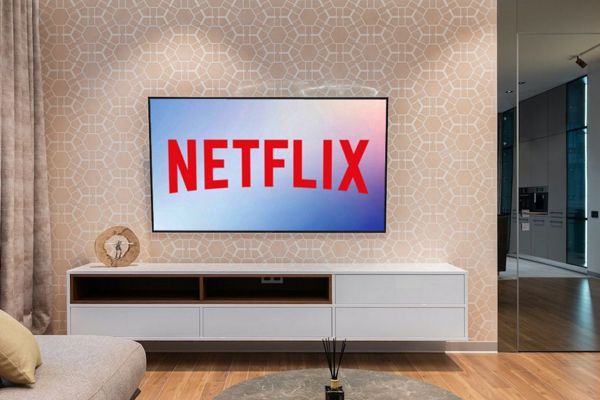
The Evolution of Streaming: Netflix's Advertising Strategy and Future Plans

A deep dive into Netflix's advertising strategy, Q4 results, and future plans for the streaming giant.
The Rise of Netflix's Advertising Business
Netflix, the streaming giant, is making waves in the advertising space with its recent Q4 results and strategic decisions regarding its advertising business. Co-CEO Greg Peters revealed that the company had contemplated the idea of introducing an ad-supported tier as the default option, similar to Amazon's approach. However, after careful consideration, Netflix opted against imposing this change on its subscribers, maintaining its commitment to providing a seamless and personalized viewing experience.
In the fourth quarter, Netflix's advertising segment experienced a remarkable 70% growth, contributing to the addition of 8 million monthly active users (MAUs) and reaching a total of 23 million MAUs. While specific revenue figures for ads were not disclosed, the company's overall financial performance exceeded expectations, garnering positive reactions from Wall Street analysts and investors.
The timing of Peters' comments coincides with Amazon's plans to introduce a limited number of commercials on Prime Video in select markets, intensifying the competition in the rapidly expanding connected TV (CTV) arena. This development marks a pivotal moment in the evolution of streaming platforms and their approach to monetization and user experience.
Future Growth and Strategic Focus
Despite initial challenges, Netflix's advertising business has demonstrated consistent growth and potential for further expansion. The fourth quarter saw a surge in the advertising segment, aligning with the company's overall revenue increase of 12.5% year-over-year to $8.83 billion, surpassing analyst estimates.
When questioned about future growth targets for advertising, Peters emphasized that there is no specific 'magic MAU number' and highlighted the untapped opportunities for growth in all the markets where Netflix operates. The company's strategic priorities include scaling its advertising unit and enhancing technological capabilities, particularly in the areas of measurement and ad product innovation.
Netflix aims to position itself as an attractive platform for advertisers by focusing on the sophistication of its advertising technology and fostering stronger partnerships with advertisers. Peters underscored the importance of evolving the ads plan to make it more appealing to both viewers and advertisers, emphasizing the ongoing efforts to refine measurement metrics and introduce new ad products.
Navigating Competition and Future Ventures
As the streaming landscape becomes increasingly competitive, Netflix faces the challenge of sustaining its momentum in the face of growing competition in the CTV space, which is projected to reach $25 billion in spending by 2023. Amazon's decision to introduce ads on Prime Video reinforces the need for Netflix to differentiate its offerings and pricing strategies.
While Amazon's approach allows members to opt for an ad-free experience by paying an additional fee, Netflix has chosen to focus on simplifying its pricing structure and attracting members through competitive subscription plans. The streamer's pricing strategy, coupled with its emphasis on live programming, such as the recent partnership with WWE to bring 'Raw' to its platform, reflects its commitment to diversifying content and engaging global audiences.
Netflix's Co-CEO Ted Sarandos highlighted the significance of the WWE deal as a strategic move to expand the platform's appeal globally, drawing parallels to the company's success in promoting Formula 1 to U.S. audiences. The long-term partnership with WWE is expected to drive the development of scripted TV and films, further solidifying Netflix's position as a key player in the global entertainment industry.













